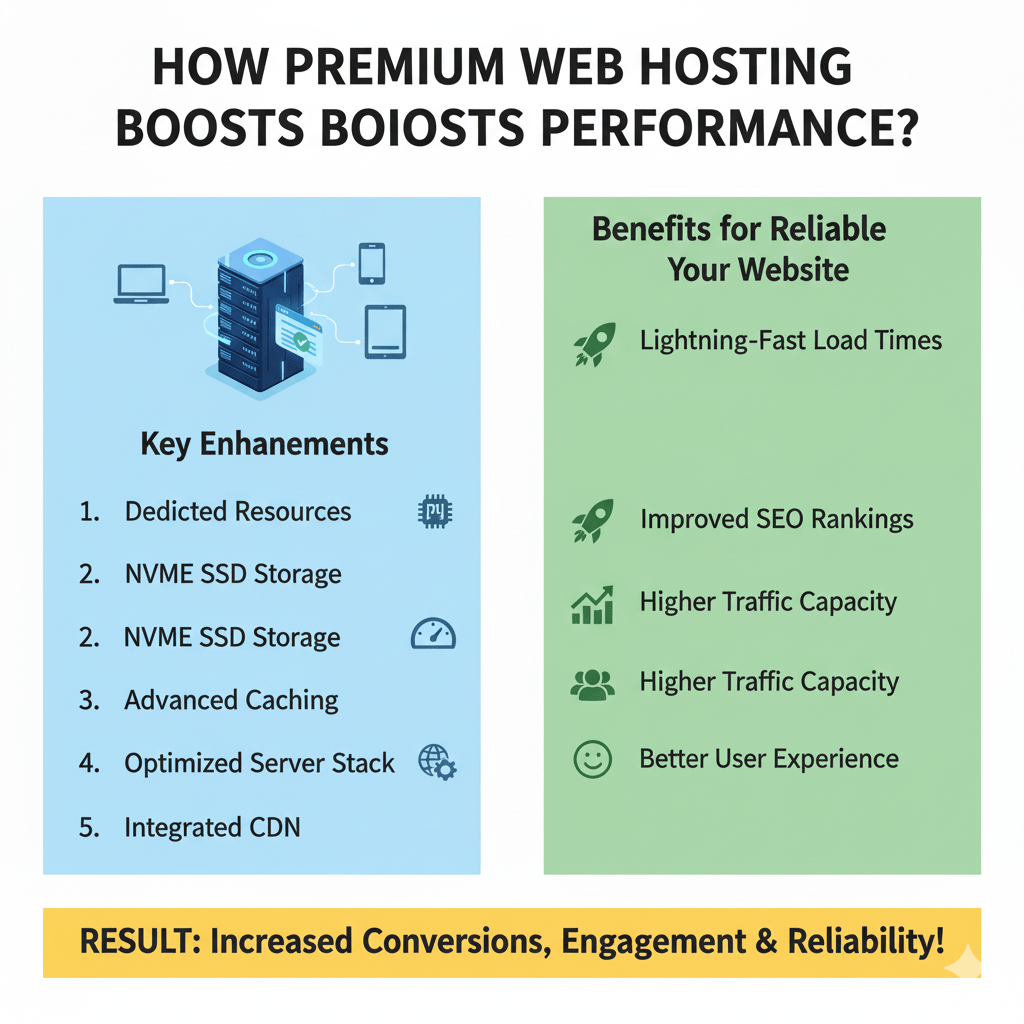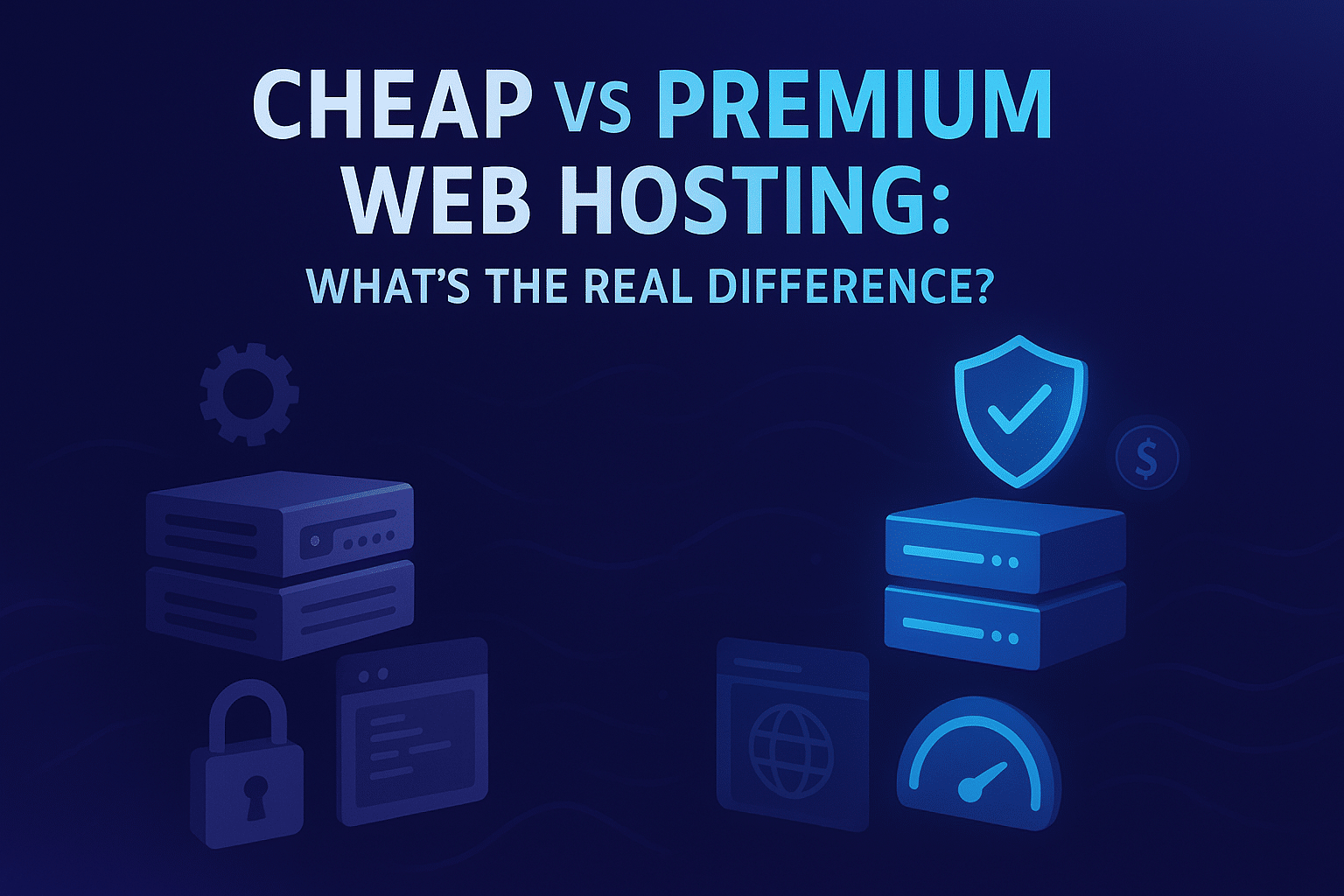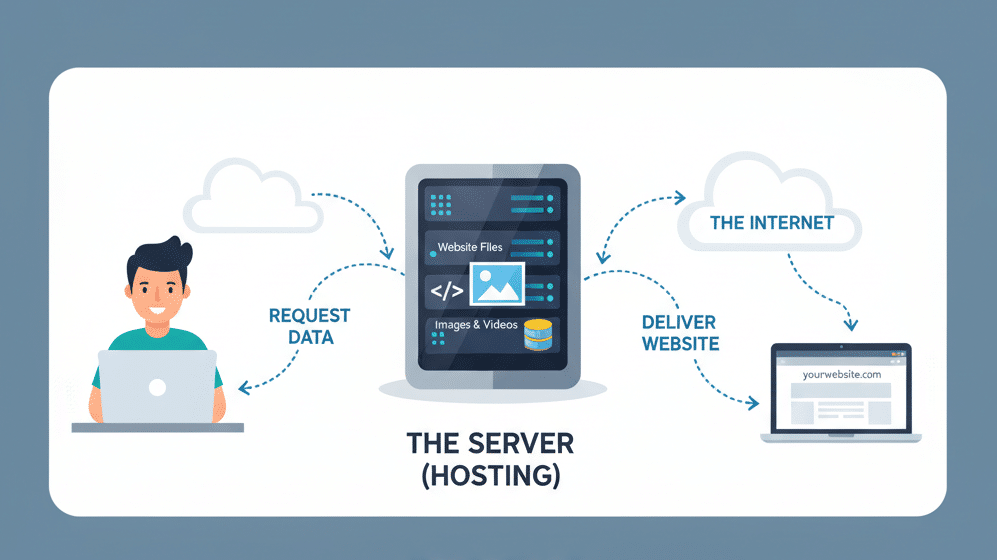Scalability in Hosting: Preparing Your Business for Sudden Traffic Growth
Did you know that 88% of online consumers are less likely to return to a site after a bad experience? In today’s hyper-connected digital landscape, a slow website or one that crashes under pressure isn’t just an inconvenience; it’s a catastrophic business risk. This is why scalability in hosting isn’t merely a technical buzzword—it’s the bedrock of modern business continuity and growth. Anticipating and accommodating sudden traffic growth is no longer optional; it’s a critical strategic imperative.
For any software house or online business, unpredictable traffic spikes can emerge from anywhere: a viral social media post, a successful marketing campaign, a product launch, or even a news mention. Without a robust, scalable hosting infrastructure, these moments of opportunity can quickly turn into moments of disaster, leading to lost revenue, damaged reputation, and frustrated customers. Let’s delve into how you can fortify your digital presence against the unexpected.
The Unpredictable Web: Why Scalability Isn’t Optional Anymore
The digital world operates at an unprecedented pace. From e-commerce platforms to SaaS applications, user expectations for speed and reliability are at an all-time high. A study by Google found that a one-second delay in mobile page load times can impact conversion rates by up to 20%. When your website buckles under pressure, the consequences are immediate and severe.
-
Lost Revenue: Every minute of downtime during a traffic surge translates directly into missed sales and opportunities.
-
Damaged Reputation: Users associate poor performance with an unreliable brand, eroding trust and future engagement.
-
SEO Penalties: Search engines prioritize fast, reliable websites. Frequent outages or slow loading times can negatively impact your search rankings.
-
Operational Overhead: Fixing post-mortem issues from a crash diverts valuable developer and IT resources from innovation, hindering progress.
The key to mitigating these risks lies in adopting a proactive approach to hosting—one that anticipates and accommodates fluctuations in demand without compromise. This is where strategic planning and modern hosting solutions truly shine.
Core Strategies for Robust Scalability
Achieving true scalability requires a multi-faceted approach, combining intelligent infrastructure choices with ongoing optimization. Here are the foundational strategies:
1. Embracing Cloud Infrastructure
Cloud hosting providers (like AWS, Azure, or Google Cloud) offer unparalleled flexibility. Unlike traditional on-premise solutions, cloud services allow businesses to scale resources up or down dynamically. You pay only for what you use, making it cost-effective and highly adaptable.
-
Infrastructure as a Service (IaaS): Provides virtualized computing resources over the internet, giving you maximum control.
-
Platform as a Service (PaaS): Offers a complete development and deployment environment, abstracting much of the underlying infrastructure management.
-
Serverless Computing: Allows you to run code without provisioning or managing servers, automatically scaling in response to events.
2. Load Balancing and Auto-Scaling
These are cornerstones of modern scalable architectures. Load balancers distribute incoming network traffic across multiple servers, ensuring no single server becomes a bottleneck. When combined with auto-scaling, which automatically adjusts computing capacity based on demand, your system can gracefully handle sudden spikes.
For instance, if your e-commerce site experiences a holiday rush, auto-scaling provisions new server instances to handle the increased load, and the load balancer intelligently directs traffic to these new resources. Once the peak subsides, resources are automatically de-provisioned, optimizing costs.
3. Content Delivery Networks (CDNs)
CDNs store cached versions of your website’s static content (images, videos, CSS, JavaScript) on servers distributed globally. When a user requests your site, the content is delivered from the nearest CDN server, significantly reducing latency and server load. This offloads a substantial amount of traffic from your primary servers, freeing them up to handle dynamic requests more efficiently.
4. Database Optimization and Caching
The database is often the first bottleneck during traffic surges. Implementing robust database optimization techniques—such as efficient indexing, query optimization, and connection pooling—is crucial. Furthermore, integrating caching mechanisms (e.g., Redis, Memcached) to store frequently accessed data in memory reduces the need for repeated database queries, dramatically improving response times under load.
Leveraging AI for Proactive Scalability
Traditional scaling strategies are reactive—they respond after traffic spikes occur. However, AI-driven predictive scaling takes scalability to the next level by using machine learning to anticipate demand before it happens.
By analyzing patterns in user activity, marketing schedules, historical data, and even external factors like time of day or seasonal events, AI can forecast traffic surges and adjust infrastructure capacity in advance. This ensures your system remains responsive even during unexpected load spikes.
For example, an online store can use AI to predict traffic increases before a product launch or holiday season, automatically scaling servers and resources hours before the surge. This not only improves user experience but also optimizes cloud spending, since resources are scaled intelligently—not excessively.
Continuous Monitoring and Testing
Scalability isn’t a one-time setup—it’s a continuous process. Regularly stress testing your infrastructure helps identify weak points before they cause issues in real-world conditions. Tools like Apache JMeter, LoadNinja, or Locust can simulate thousands of concurrent users to assess performance under pressure.
Additionally, monitoring tools such as Datadog, New Relic, or Prometheus provide real-time insights into performance metrics—CPU usage, memory consumption, response times, and more—enabling teams to take proactive action before performance degradation occurs.
Future-Proofing Your Business with Scalable Hosting
In an era where digital agility defines success, scalability in hosting is the difference between thriving and collapsing under growth. Whether you’re a startup preparing for your first viral moment or an enterprise scaling across global markets, investing in a scalable infrastructure ensures you’re always ready for what’s next.
By combining cloud flexibility, AI-driven intelligence, load balancing, and proactive optimization, you can build a hosting ecosystem that grows seamlessly with your business—transforming challenges into opportunities.
Because in the digital world, it’s not just about being online—it’s about staying reliable, responsive, and ready when it matters most.







